Introduction
If there’s one word that perfectly encapsulates the essence of great interior design, it’s balance. Achieving a harmonious room design is like conducting a symphony—every element needs to play its part without overpowering the others. I first learned the importance of balance during a design project for a close friend’s studio apartment. She had collected beautiful furniture and art pieces over the years, but her space felt chaotic and disjointed. The solution wasn’t to remove items but to create equilibrium: balancing colors, textures, and proportions to make everything work together.
That experience taught me that balance isn’t just about symmetry—it’s about how a space feels. A balanced room feels cohesive and inviting, with no single element competing for attention. From color palettes to furniture arrangements, balance transforms a space into one that feels thoughtfully designed and effortlessly chic.
In this blog, I’ll walk you through how to achieve a balanced aesthetic room design. Whether you’re starting fresh or tweaking an existing setup, these tips will help you create a space that feels harmonious and visually stunning.
What is Balance in Interior Design?
Definition of Balance
Balance refers to the distribution of visual weight within a room. It’s achieved when no single element feels too heavy or overpowering, creating a sense of harmony.
Types of Balance:
- Symmetrical Balance: Mirroring elements on either side of a central axis (e.g., two matching lamps on a console table).
- Asymmetrical Balance: Using different but visually equal elements to create equilibrium (e.g., pairing a large painting with a group of smaller artworks).
- Radial Balance: Arranging elements around a central point, such as a circular dining table surrounded by chairs.
Step 1: Start with a Cohesive Color Palette
Why It Matters
Color is one of the most significant factors in achieving balance. A cohesive palette ties the room together and ensures that no single color feels out of place.
Tips for Choosing a Palette:
- Stick to a primary base color and two or three complementary accent colors.
- Use a 60-30-10 rule: 60% dominant color, 30% secondary color, and 10% accent color.
- Incorporate neutral tones (white, beige, gray) to soften bolder shades.
Step 2: Arrange Furniture Thoughtfully
Why It Matters
Furniture placement heavily influences the flow and balance of a room. Poorly arranged furniture can make a space feel cramped or uneven.
Furniture Arrangement Tips:
- Anchor the Room: Use a large piece, like a sofa or bed, as the focal point.
- Balance Weight: If one side of the room has a heavy item (like a bookshelf), counterbalance it with another visually weighty piece on the opposite side.
- Create Pathways: Ensure there’s enough space to move freely around the room.
Step 3: Mix Textures and Materials
Why It Matters
A variety of textures adds depth and interest, but overusing one texture can make a room feel monotonous.
How to Mix Textures:
- Pair soft materials (like velvet or cotton) with harder ones (like metal or glass).
- Balance rustic elements (like wood) with sleek, modern finishes (like polished chrome).
- Use woven materials like jute or rattan to add warmth and contrast.
Step 4: Balance Proportions
Why It Matters
Proportion ensures that furniture and decor items feel appropriate for the size of the room and for each other.
Tips for Balancing Proportions:
- Use larger pieces (like a sectional sofa) in spacious rooms and smaller pieces (like a loveseat) in compact spaces.
- Group smaller items together to give them more visual weight (e.g., a cluster of candles or vases).
- Avoid overloading a small space with oversized furniture or decor.
Step 5: Use Lighting to Your Advantage
Why It Matters
Lighting isn’t just functional—it’s a key element in creating a balanced aesthetic. Proper lighting can highlight focal points and balance darker areas of a room.
Lighting Tips:
- Layer lighting with ambient (overhead), task (desk or floor lamps), and accent (wall sconces) sources.
- Use dimmers to adjust light intensity and create a softer ambiance.
- Distribute lighting evenly throughout the room to avoid dark, unbalanced corners.
Step 6: Incorporate Symmetry and Asymmetry
Why It Matters
Symmetry creates a sense of order, while asymmetry adds visual interest. Using both keeps a room from feeling too predictable or chaotic.
How to Achieve This:
- Use symmetry for larger elements (like two matching nightstands on either side of a bed).
- Add asymmetry through decor (like an uneven grouping of pillows or art).
- Play with balance by pairing contrasting shapes (e.g., a round coffee table with a rectangular sofa).
Step 7: Mind the Negative Space
Why It Matters
Negative space (the empty areas in a room) is just as important as the filled space. It gives the eye a place to rest and prevents a room from feeling cluttered.
How to Use Negative Space:
- Leave open areas around furniture to create breathing room.
- Avoid overcrowding walls with too much artwork or shelving.
- Embrace minimalism to let key pieces shine.
Step 8: Create Focal Points
Why It Matters
A well-defined focal point draws attention and prevents a room from feeling visually scattered.
Ideas for Focal Points:
- A bold piece of art above a sofa or bed.
- A statement light fixture, like a chandelier.
- A feature wall with wallpaper or an accent color.
Picture Gallery
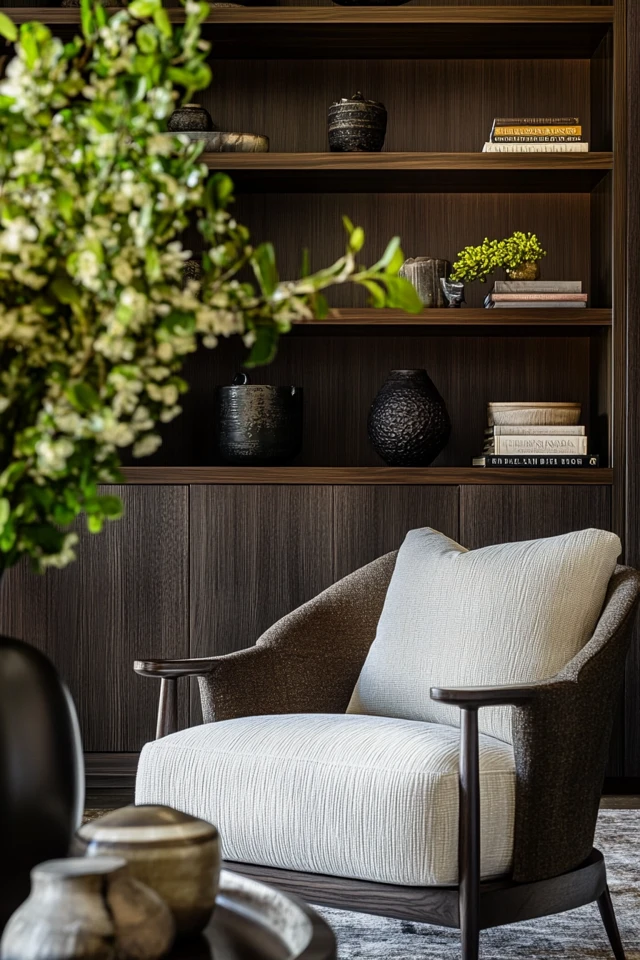
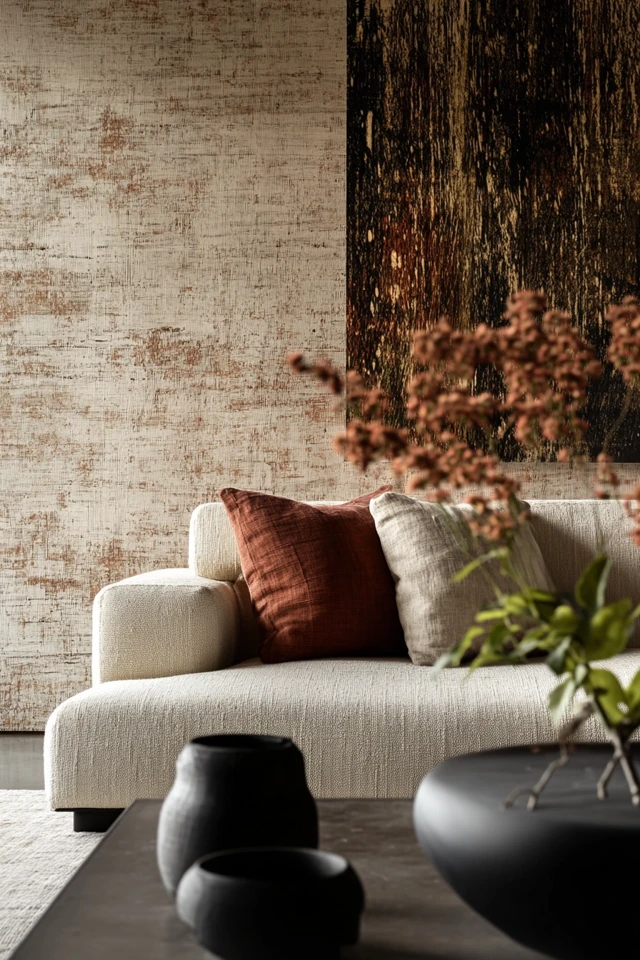
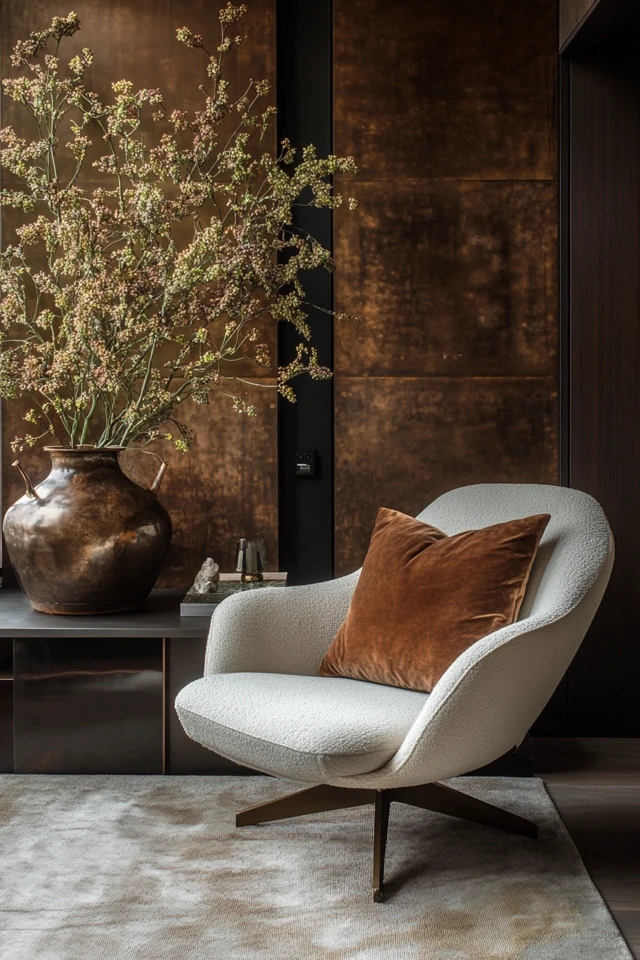
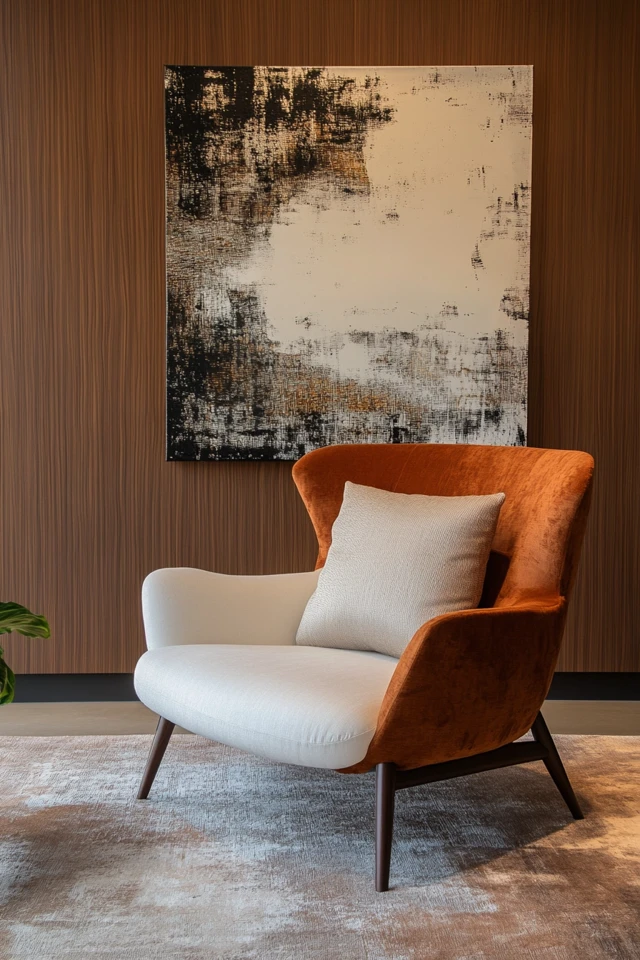
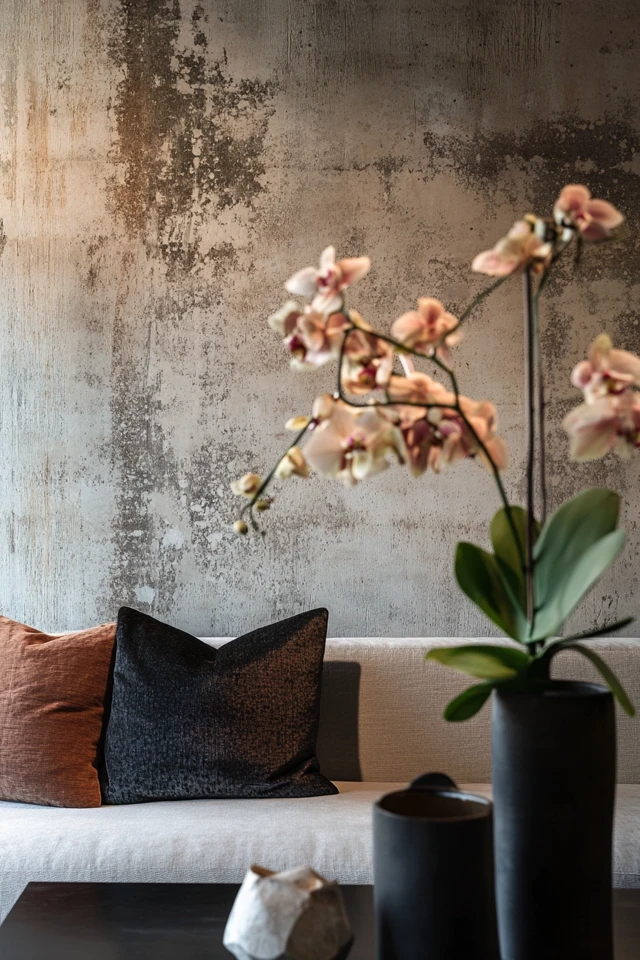
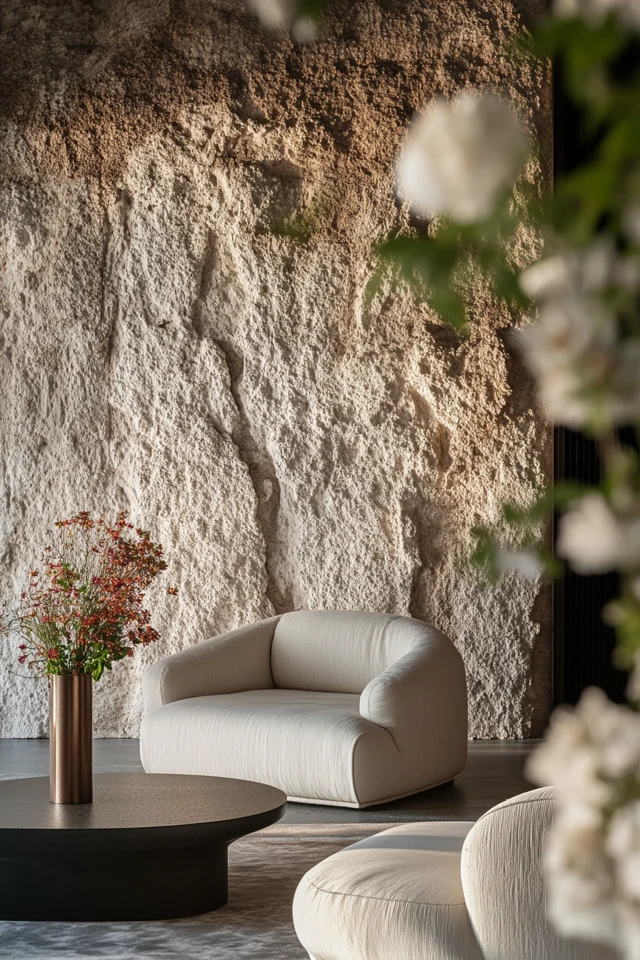
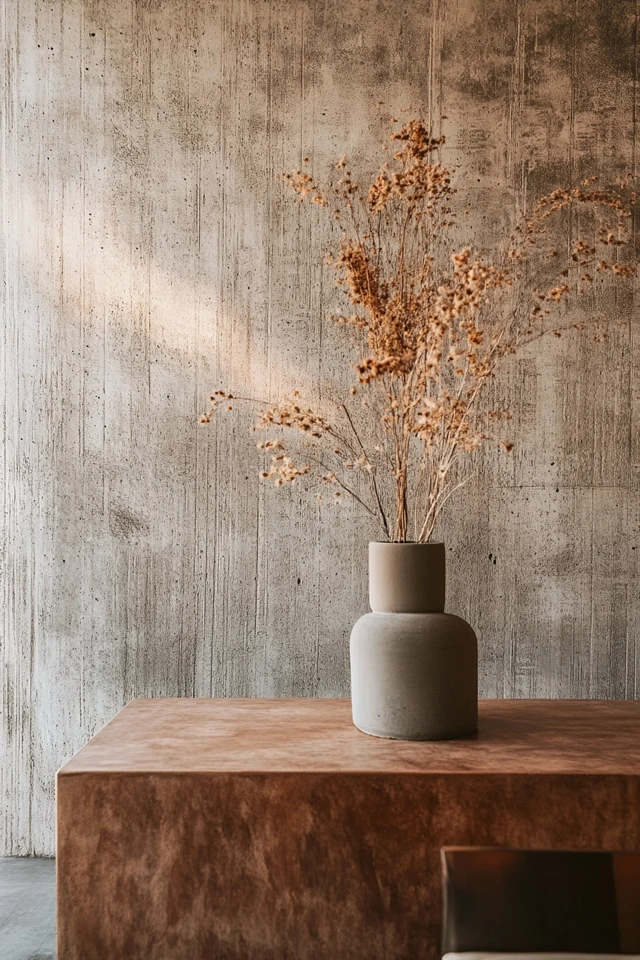
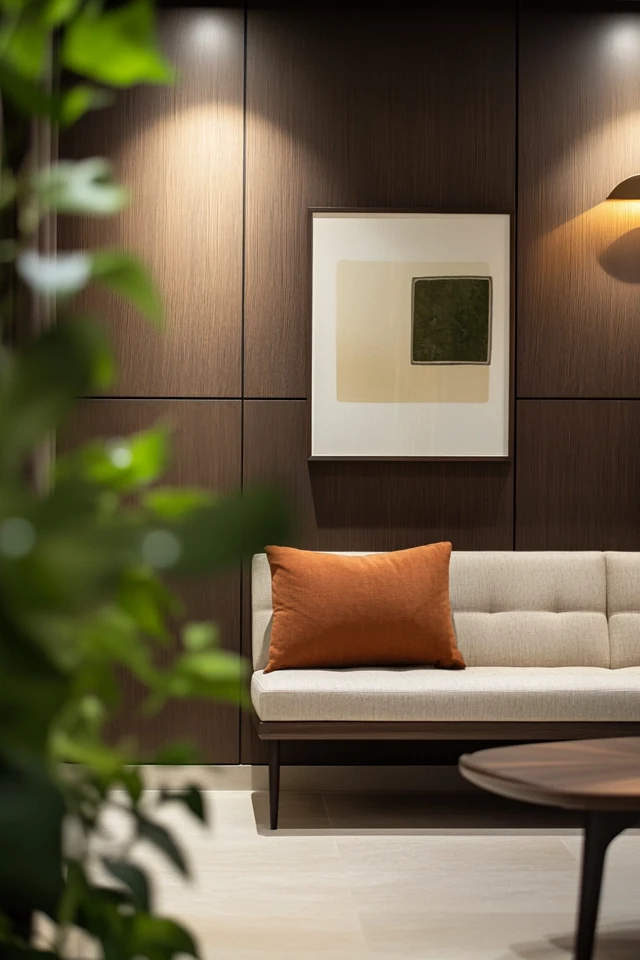
Conclusion
Creating a balanced aesthetic room design isn’t about rigid rules—it’s about finding harmony between the elements of your space. When your room is balanced, it doesn’t just look good—it feels good. From thoughtful furniture arrangements to cohesive color palettes and the strategic use of textures, balance is what makes a space feel complete.
I still remember the joy on my friend’s face when she walked into her redesigned studio apartment. By incorporating balance into the layout, colors, and decor, her once chaotic space became a serene, welcoming retreat. That project reminded me of the transformative power of balance—not just in design, but in life.
So, whether you’re rethinking your living room or giving your bedroom a refresh, take it step by step. Focus on one aspect at a time, and don’t be afraid to experiment. Balance isn’t achieved overnight, but with intention and creativity, you’ll create a space that feels like home.
FAQ
1. How do I balance colors in a room?
Stick to a cohesive color palette with one dominant color and two or three complementary accents. Use neutrals to tone down bold hues and distribute colors evenly throughout the space.
2. Can small spaces still feel balanced?
Absolutely! Use appropriately scaled furniture, stick to lighter color palettes, and leave enough negative space to avoid overcrowding.
3. How do I create balance with decor?
Group smaller items together to give them more visual weight, and pair contrasting shapes or textures to keep the design dynamic.
4. What’s the role of symmetry in a balanced room?
Symmetry creates order and stability, making it great for larger elements like furniture placement. Add asymmetry in smaller decor items for a more interesting look.
5. How do I avoid a room feeling too “busy”?
Embrace minimalism by focusing on key pieces and using negative space to your advantage. Keep surfaces uncluttered and use a limited color palette for a cohesive look.


